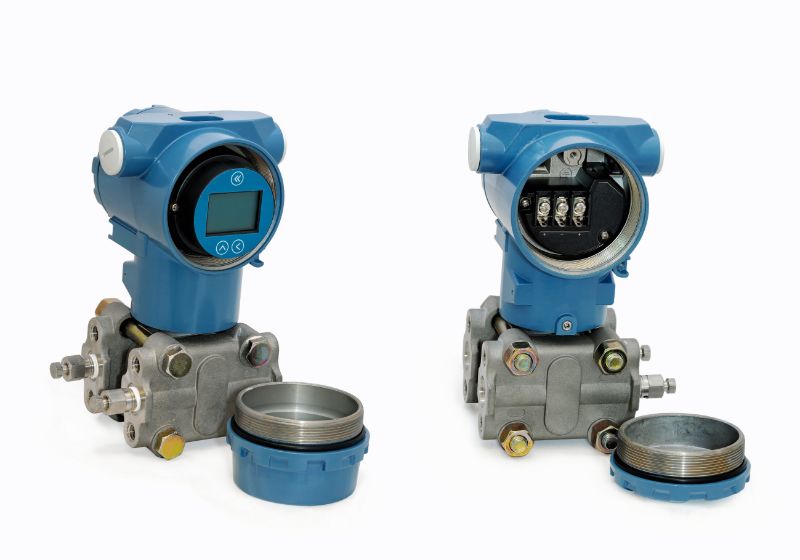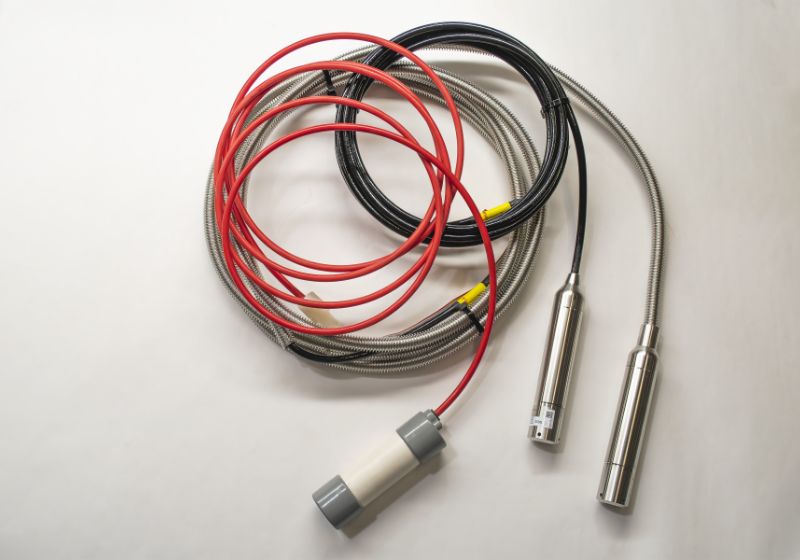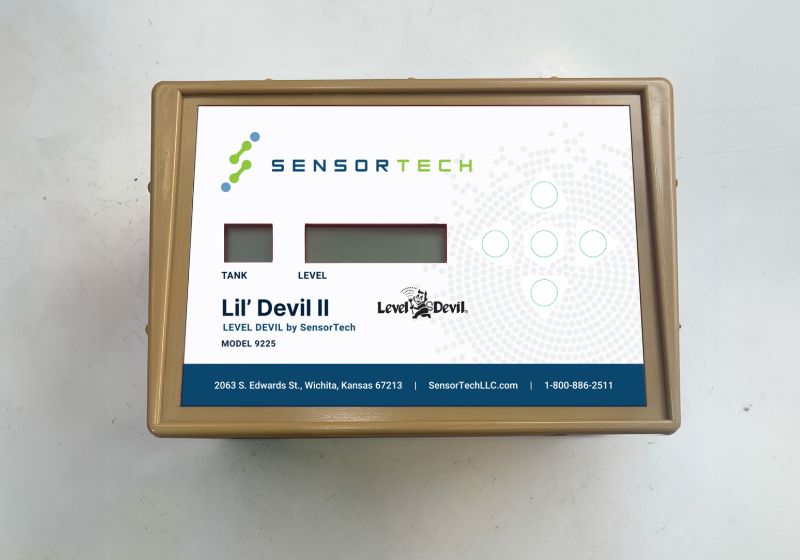Collecting Valuable & Reliable Data
We offer three different types of pressure sensors — Hydrostatic, Bubbler, and Differential — that are able to accurately capture data for volatile fluids, non-hazardous fluids, non-vented tanks, and more.

We offer three different types of pressure sensors — Hydrostatic, Bubbler, and Differential — that are able to accurately capture data for volatile fluids, non-hazardous fluids, non-vented tanks, and more.


A hydrostatic tank sensor typically senses the pressure of the fluid at the bottom of the tank. The amount of pressure depends upon the weight of the fluid above the sensor, which depends upon the amount of fluid in the tank. These are by far the most popular modern tank sensor type and are widely used in almost every type of fluid worldwide. Hydrostatic sensors are available for most fluids, including corrosive, volatile, and flammable fluids. Intrinsically safe sensor types, which limit electrical energy in the tank, are also available.

A bubbler tank monitor utilizes a pneumatic sensor above the fluid, connected to a tube reaching the tank bottom and a small air pump to pressurize the tube. When activated, the pump pressurizes the tube until the pressure is sufficient to release air at the tank bottom, determined by the fluid level. The pneumatic sensor detects pressure changes and reports them to the tank monitor system. Bubblers are cost-effective, reliable, and suitable for vented, non-pressurized tanks with non-volatile, non-hazardous fluids. They are self-cleaning and commonly used for monitoring water, oil, waste oil, coatings, concrete additives, slurry, and paper pulp mix.
For a brochure describing our most popular bubbler system, click here.

A differential pressure sensor detects the difference in pressure between the top and bottom of a tank and translates that into a quantity of fluid. This is particularly useful for sensing fluids in a non-vented tank or tanks where vapor is generally confined to the tank, such as with gasoline. Differential pressure sensors are more expensive than ordinary pressure sensors, so they are generally used only where necessary.
Reach out to discover how our remote monitoring and data reporting services can help optimize your operations.